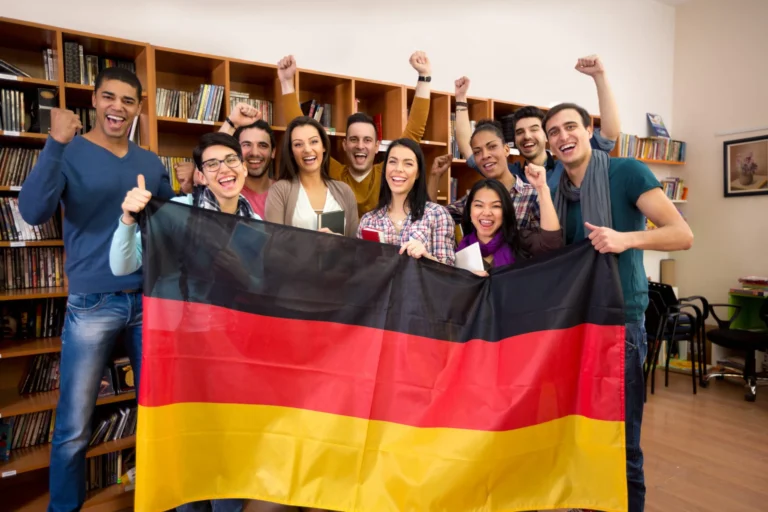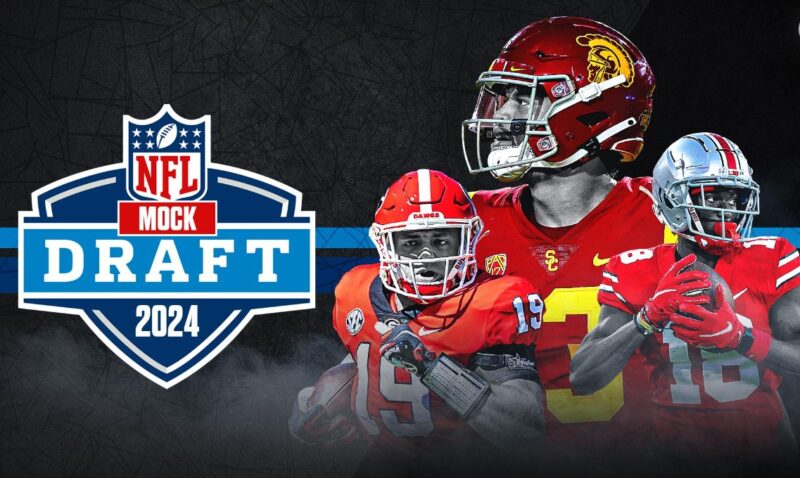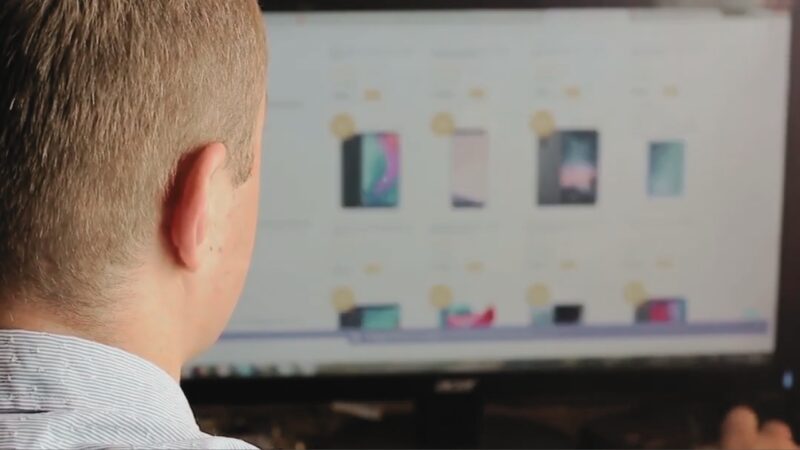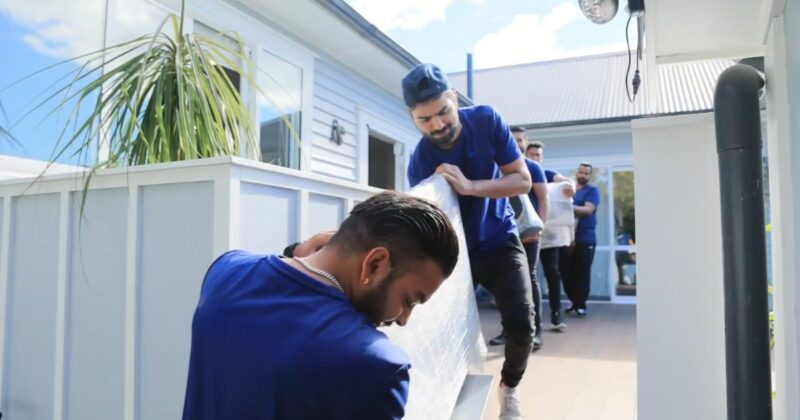They weren’t sure that keeping a house full of teenagers for three weeks was exactly a wise course of action. But when the plane landed and five teenagers from Germany disembarked, they knew they had made the right decision.
Lt. Col. John Lloyd, his wife Stacy and their daughter Morgan played host to four of the five foreign exchange students—all girls—that came to Radcliff from Munster, Germany last month as part of a Radcliff sister city program. The fifth student stayed with Col. Chuck and Mary Jo Slaney. They have a son, Zack, so keeping the fifth student, who was a boy, fit in well with the family dynamic.
The German students come over on a school break in October, and the Radcliff students visit sometime in the spring. The cities, Munster, and Radcliff, have been partnered in the Sister City Program for more than 20 years and, as part of the program, exchange high school students each year.
“We got involved in the program after we worked at Churchill Downs doing a fundraiser,” Stacy explained. “My husband was in a command (19th Engineer Battalion) and he participated with his Soldiers and I was with a large number of high school students up there.
She said they met Patty Carey, who is in charge of the Radcliff Sister City Program, while there and Carey approached them later and asked if they would be interested in participating.
“The first thing we did when we had the students’ information was to contact Marte’s (Halbas) parents and let them know we would take good care of him,” Chuck, who is the deputy chief of staff at the U.S. Army Human Resources Command at Fort Knox, explained. “Marte is a great kid who comes from good parents—you can tell.”
Both sets of host families had preconceived notions about their visitors but programs like this can help show all parties how much alike people from different countries really are.
“When you think of stereotypes from certain countries you have ideas, and I learned a lot of my preconceived notions are not necessarily true,” Stacy explained. “I think of Germans as straightforward and rushed, but they aren’t. The kids are similar to Morgan.”
She added that among the differences she noticed is that her visitors are very good at being independent, they were brave and ready to try anything, “we shove their way.”
Stacy said as she and John were talking about the week he noted that it doesn’t matter what country they are from, there were a lot of similarities among the girls. For example, everyone had phones, they were texting and talking, sharing photos and multitasking.
“They are typical teenage girls—for example we took them to downtown Louisville, we went shopping and we visited the bridges,” she said. “Everyone has been taking selfies.”
“We learned selfies are universal,” Morgan added. “And we are all Facebook friends now.”
And Mary Jo said that teenage boys on the other side of the world don’t seem to be that much different from her own.
“If you had been in my house about an hour ago you would have seen the boys hanging out on the couch with their cell phones texting—they are very similar,” she explained.
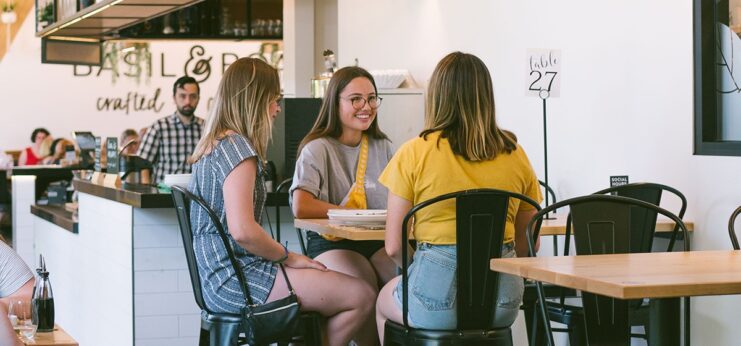
“Yes, we are very similar. We eat and we sleep,” Zack joked. “We don’t speak the same language but everything else is the same—not a big difference,” he explained as his house guest, Marte, nodded.
As their first week in Kentucky drew to a close the students from Munster had learned a few things about the area and teenage culture. They had attended their first high school American football game, participated in their first tail-gate and homecoming celebration, eaten Mexican food for the first time and sampled our American fast food culture.
“The food here is good—you have more fast food here and it’s better,” said Marte. “I liked the KFC a lot.”
“We also went to the Sonic drive-in and tried a Nerd Slushy, and we went to Taco Bell,” said Annkathrin Gaebert and Greta Jerokowski.”We loved the chicken soft taco.”
The whole group is now a fan of Dr. Pepper, Marte also tried his first cupcake, and his new favorite drink—Gatorade—is a treat he is taking home in various powdered forms.
The plans the families drew up for the students visit to Kentucky included some tourist attractions and special events, but also time at Fort Knox High School and activities that would emphasize everyday life.
Marte said that from his time visiting Fort Knox High School he sees differences in the U.S. education system and Germany’s.
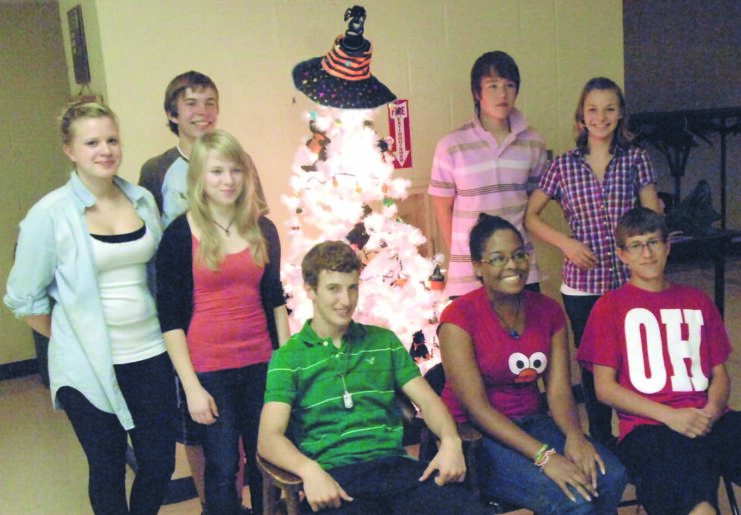
“I noticed the teachers stayed in the rooms and the students moved. In Germany we stay in the room and the teachers change rooms,” he explained. “We are with the same group of students all day. And breaks—they are shorter here. The time you spend in school is longer—I go to school from 7:50 a.m. to 1:10 p.m., so the days here are longer.”
Greta also noticed some differences in the systems.
“The subjects they study are different here. We have more subjects to take in our days and we have math classes to take,” she noted.
With the various activities the students were involved in and exposed to they were able to learn something culturally different as well as expose their hosts to differences.
The families were together for Halloween—celebrated differently here than in Munster—and the girls all carved the pumpkins. But at this time of year in Germany many places celebrate Oktoberfest and the Germany students were eager to share about their holiday. It was just one of the many cultural and educational things each set of students and both sets of families shared.
All of the students said they enjoyed their visit and were learning a lot about the U.S., its people and Kentucky. They added that they felt welcomed and felt as though they now had a second family.
But the families said they were also enjoying the time.

“Doing something like this is worth it. You shouldn’t have any hesitation in sponsoring an exchange student,” Mary Jo said.
She added that as challenging it may seem, it was good to get to know young people from someplace else and see how small the world really is.

